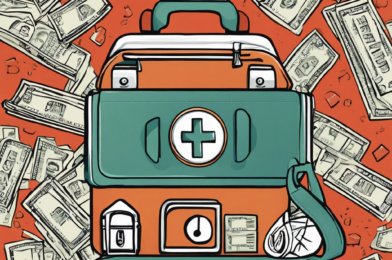Whether you’re planning a life together or already sharing expenses, budgeting as a couple is an essential step towards financial harmony and security. In the whirlwind of love and shared experiences, money conversations can sometimes be overlooked or avoided, but the reality is that financial compatibility is crucial for long-term success. So, grab your partner, a cup of coffee, and maybe a cozy blanket, as we dive into the ultimate guide to budgeting for couples.
**Start with Open Communication**
The foundation of successful couple budgeting is honest and open communication. Schedule dedicated time to discuss finances, ensuring both partners feel heard and understood. Begin by sharing your financial goals, dreams, and fears. Do you dream of buying a home, traveling the world, or starting a business together? Discuss these aspirations and how managing your finances as a team can help make them a reality.
It’s also important to talk about any financial baggage you might be carrying, such as debt or financial commitments from previous relationships. Transparency is key here; remember, you’re in this together.
**Understand Your Current Financial Situation**
Before you can create a budget, you need a clear picture of your combined income and expenses. Gather all sources of income, including salaries, investments, and any other earnings. Then, list all monthly expenses, including rent, utilities, groceries, entertainment, and debt repayments. Don’t forget those small everyday purchases that can add up quickly, like coffee or online subscriptions.
**Create a Realistic Budget**
Using your financial overview, design a budget that aligns with your shared goals. Start by allocating funds to cover essential expenses, such as housing, utilities, and food. Then, factor in savings for short and long-term goals, like an emergency fund, a dream vacation, or a down payment on a home. Don’t forget to include payments for any debts you may have.
A popular budgeting method is the 50/30/20 rule, where you allocate 50% of your income to needs, 30% to wants, and 20% to savings and debt repayment. However, feel free to adjust this to suit your personal situation and priorities.
**Make it a Team Effort**
Budgeting is most effective when both partners are actively involved. Decide who will take the lead on managing the budget, but ensure you both contribute to tracking expenses and making financial decisions. Consider joint accounts for shared expenses, but also discuss the benefits of maintaining individual accounts for personal spending and maintaining financial autonomy.










